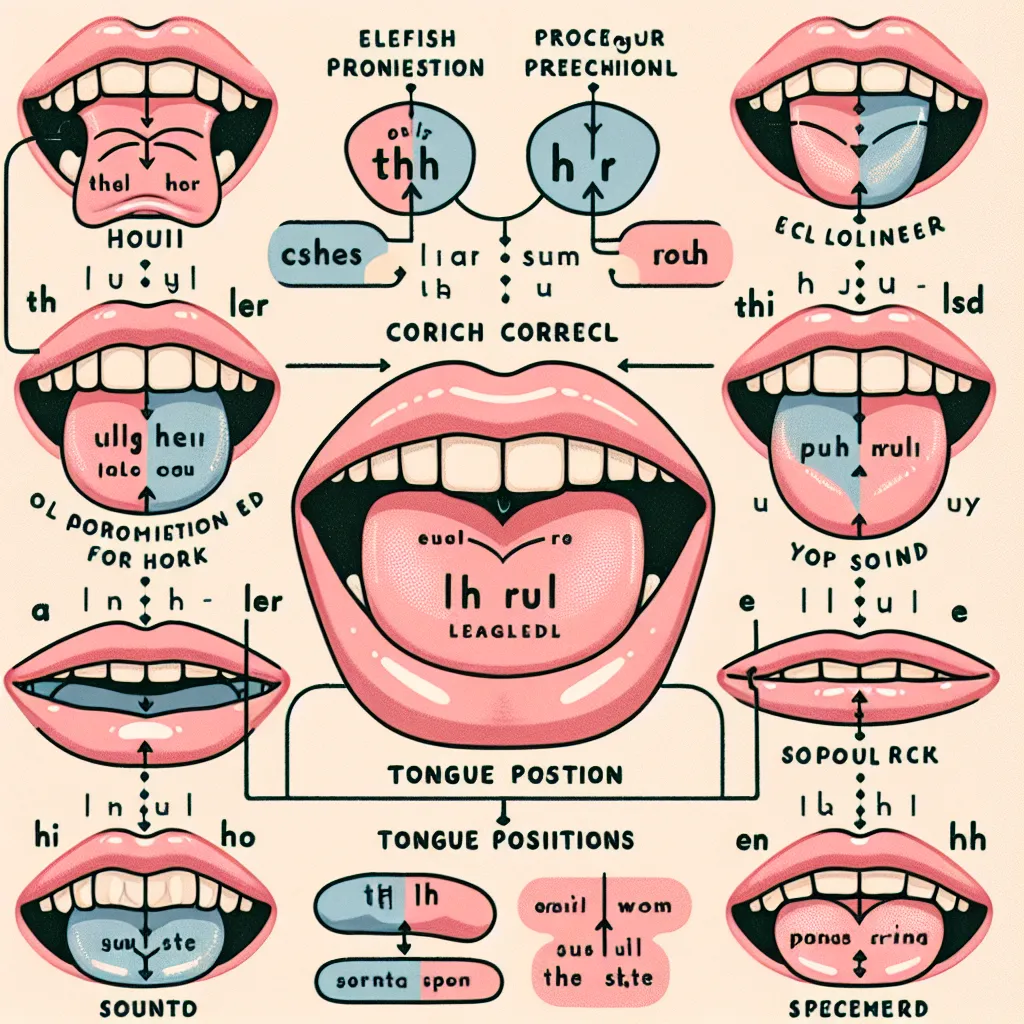Are you struggling with pronouncing English consonant sounds? You’re not alone. Many learners find mastering consonant sounds challenging, but with the right techniques and practice, you can significantly improve your pronunciation. In this comprehensive guide, we’ll explore effective tips and strategies to help you perfect your consonant sounds and enhance your overall English pronunciation.
Understanding the Importance of Consonant Sounds
Consonant sounds are the backbone of English pronunciation. They provide clarity and distinction to words, making your speech more intelligible and natural-sounding. Mastering these sounds is crucial for effective communication in English.
The Role of Consonants in English Pronunciation
Consonants play a vital role in differentiating words and conveying meaning. For example, the words “pat,” “bat,” and “mat” are distinguished solely by their initial consonant sounds. Mispronouncing these sounds can lead to misunderstandings or confusion in conversations.
 Importance of Consonant Sounds
Importance of Consonant Sounds
Common Challenges in Consonant Pronunciation
Many learners face difficulties with specific consonant sounds that don’t exist in their native language. For instance, the “th” sound in English is notoriously challenging for speakers of many languages. Understanding these challenges is the first step toward improvement.
Effective Techniques for Mastering Consonant Sounds
Let’s explore some proven methods to enhance your consonant pronunciation:
1. Mirror Practice
Using a mirror while practicing allows you to observe your mouth and tongue movements. This visual feedback is invaluable for correcting placement and articulation.
Tip: Focus on problematic sounds like “th,” “r,” or “l.” Watch how native speakers form these sounds and try to mimic their mouth positions.
2. Minimal Pair Drills
Minimal pairs are words that differ by only one sound. Practicing these pairs helps train your ear and mouth to distinguish and produce similar sounds accurately.
Example: Practice with pairs like “thin/sin,” “rice/lice,” or “pat/bat.”
For more in-depth exercises on minimal pairs and other pronunciation drills, check out our article on how to master English pronunciation with drills.
3. Tongue Twisters
Tongue twisters are excellent for improving articulation and speed. They challenge you to produce difficult sound combinations rapidly and accurately.
Try this: “She sells seashells by the seashore” to practice the “s” and “sh” sounds.
4. Phonetic Transcription Practice
Learning the International Phonetic Alphabet (IPA) can greatly enhance your understanding of English sounds. It provides a visual representation of pronunciation that goes beyond regular spelling.
Tip: Use online dictionaries that provide IPA transcriptions for words you’re struggling with.
5. Listening and Shadowing
Listening to native speakers and immediately repeating what they say (shadowing) helps you internalize correct pronunciation patterns.
Resource: Use podcasts or audiobooks for this practice. Start with slow, clear speakers and gradually move to more natural speech rates.
For more tips on improving your overall pronunciation, including consonant sounds, visit our article on how to improve pronunciation with detailed analysis.
Common Consonant Sound Errors and How to Fix Them
Let’s address some frequently mispronounced consonant sounds and provide strategies for improvement:
The “th” Sound
Many learners substitute “t,” “d,” “f,” or “v” for the “th” sound.
Correction: Place your tongue between your teeth and blow air out to produce the correct sound. Practice with words like “think,” “this,” and “breathe.”
The “r” Sound
The English “r” is often challenging for speakers of languages where this sound is produced differently.
Tip: Curl the tip of your tongue back slightly without touching the roof of your mouth. Practice with words like “red,” “car,” and “arrow.”
The “l” Sound
Some learners struggle to differentiate between “l” and “r” or produce a clear “l” sound.
Exercise: Place the tip of your tongue behind your upper front teeth and release it quickly. Practice with words like “light,” “love,” and “bell.”
 Common Consonant Sound Errors
Common Consonant Sound Errors
The Phonemic Chart and Commonly Mispronounced Words
Understanding the phonemic chart can significantly aid in mastering consonant sounds. Here’s a list of 10 commonly mispronounced words related to consonant sounds:
- Clothes (/kləʊðz/ not /kləʊz/)
- Sixth (/sɪksθ/ not /sɪks/)
- Months (/mʌnθs/ not /mʌns/)
- Asked (/ɑːskt/ not /ɑːst/)
- Texts (/teksts/ not /tests/)
- Vegetables (/ˈvedʒtəbəlz/ not /ˈvedʒətəbəlz/)
- Comfortable (/ˈkʌmftəbəl/ not /ˈkʌmfətəbəl/)
- World (/wɜːrld/ not /wɔːrld/)
- Drawer (/drɔːr/ not /drɔːwər/)
- Jewelry (/ˈdʒuːəlri/ not /ˈdʒuːləri/)
Practice these words regularly, paying close attention to the consonant clusters and individual sounds.
Conclusion
Mastering consonant sounds is a crucial step in improving your English pronunciation. By implementing these tips and practicing regularly, you can make significant progress. Remember, consistency is key. Set aside time each day to focus on your pronunciation, and don’t be afraid to ask for feedback from native speakers or language teachers.
For more comprehensive guidance on pronunciation practice, explore our article on how to practice pronunciation with structured exercises.
We encourage you to share your experiences and any additional tips you’ve found helpful in the comments below. Keep practicing, and you’ll soon notice a remarkable improvement in your consonant pronunciation and overall English speaking skills!




